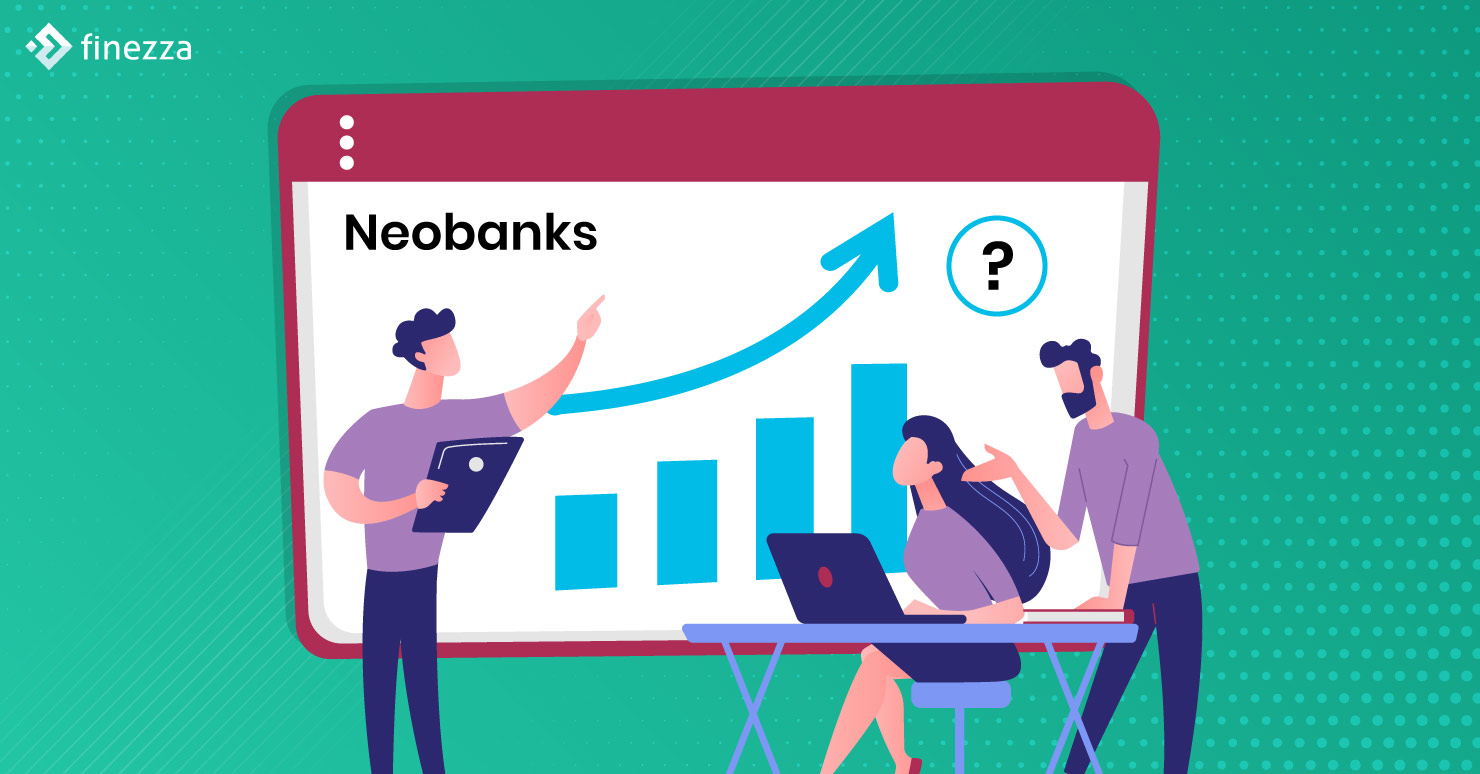The digital acceleration in retail banking has given rise to the generation of digital-only banks a.k.a. neobanks. These banks exist only in cyberspace and have no brick and mortar branches. These neobanks interact with their customers through digital channels and also focus more on the customer experience which differentiates their offerings from the traditional banks.
However, neobanks are still a fresh entrant into the financial landscape of India and they are fighting the age-old legacy of traditional banks.
Post the pandemic, the dynamics of the industry are transforming faster than ever. There is both positive and negative to it.
Neobanks are facing additional pressure from investors to switch their focus from growth to profitability. While the smaller neobanks are struggling to keep their doors open, the frontrunners are looking for ways to find profitability.
Neobanks in 2021: Challenges to Becoming Profitable
Till now, there has been a steady rise in the number and size of the so-called neobanks. Their ultimate goal is always to create a perfect banking experience and increase their number of customers and valuations. Even though they have had rapid growth success, their revenue and profitability have not yet matched the expectations.
There have been many structural reasons behind this, some of them are as follows:
1. Erosion of Differentiators
Neobanks have always sought to differentiate themselves by offering very distinctive packages of products and services that aren’t widely available with their competitors. Some of their offerings such as the app-based ‘card freeze’ and app-based ‘spending categorisation’ have become a standard across the industry, eroding the neobanks point of differentiation.
2. Convincing Enough People to Switch
For the neobanks to become profitable they will have to convince several people in order to build up a large enough customer base. This means they will have to convince a significant number of people to switch their accounts from other providers. However, this is found to be very difficult with around 70 million current accounts are found to be open. Hence, any significant customer-base growth will take much more time-something that the neobanks don’t have in abundance.
3. Big Banks Own Neobanks
There are a lot of traditional banks in the market that own neobank-like offerings. While the big banks lack the sharpness of neobanks, they surpass them with their levels of resources. However, the fact that these do not offer any long-term success shows how tough the market and its competition can be.
4. Impact of the Pandemic
Every business in the world has felt the heat of the COVID-19 pandemic. According to research by the Curve, which is a service that brings together multiple banks into one, showed that the use of neobanks and challenger banks had dropped by 90% during the pandemic time.
How will Neobanks achieve Profitability?

For reaching the promised land of profitability, neobanks need to find ways to stay ahead and continue to innovate fast. Here are a few routes they should consider:
1. Build up a Subscription-based Financial Marketplace
The traditional banks have spent decades of years building an ecosystem of additional services around their banking operations. Similarly, the neobanks may replicate this much faster and even go beyond to build a balanced portfolio of in-house and partnership-led capabilities.
As they become a one-stop-shop for financial needs, neobanks can open a way to integrate all services in one place. Some of the in-demand and value-added services may be brought in-house with time, thereby increasing the potential profitability.
2. Getting into Business Banking
Businesses involve higher money flows and deposits compared to individuals and are also willing to pay for services that save them both time and money in the long run.
Similarly, the small and medium businesses (SMEs and MSMEs) tend to be underserved and hence are more willing to switch their banks. Golden opportunity, right?
Given the market’s extensive competition, the neobanks can likely cause the emergence of more industry-specific business package lendings. These can be tailored to the needs of retail, hospitality, travel, and e-commerce offering great exposure. This can be their quick way to earn referral commissions.
3. Branching into Banking-as-a-Service (BaaS) offerings
Neobanks can plan to sell their payments and accounts back-end platforms for other fintech companies and thereby build their own interface on top of it. This allows for a speedy scale-up payment volume through the neobanks platforms.
The BaaS commission is lower by 80-90% compared to the client-facing business. Serving as BaaS also creates an economy of scales to payback investment into the platform and cover fixed maintenance costs. Its consolidation may facilitate rationalising marketing costs and balance its growth with profitability.
4. Looking for New Emerging Niches
The main criteria that made the neobanks reach the market is due to their high sensitivity to changes in customer needs and technology. In order to advance to the path of profitability, they need to keep adjusting to the emerging customer needs while doing it at a faster pace.
The global pandemic has triggered a clear pivot wherein the neobanks started their focus on unit economics and profitability. Now onwards they will have to increase the customer monetisation instead of increasing their fees that will lead to decreased customer satisfaction and ultimately lead to a decline.
Conclusion
The highlight feature of neobanks is they are super-convenient, all-digital, and offer better alternatives to the big corporate banks. They are easing the pain that people feel around their money. The neobanks are a logical progression to the current banking systems, especially during this time of pandemic wherein the world has come to a “digital-only” mode of living.
If the popularity of neobanks in India is just rising, they may be on their way to capturing a large share in the market by the end of this year. Neobanks would play a key role to spur savings, investments, and economic growth of the country. They are now free from the constraints and expenses of needing a banking license which also opens up a new and promising path of profitability.
For the digital as well as physical banks, the need to process user data is in high priority always. They will need a dynamic Loan Management System and Loan Origination System to stand out in the competition. This is where Finezza comes into play to help put your business at the forefront of success. Finezza’s end-to-end lending solution is based on putting customer needs as a priority.




Leave a Reply